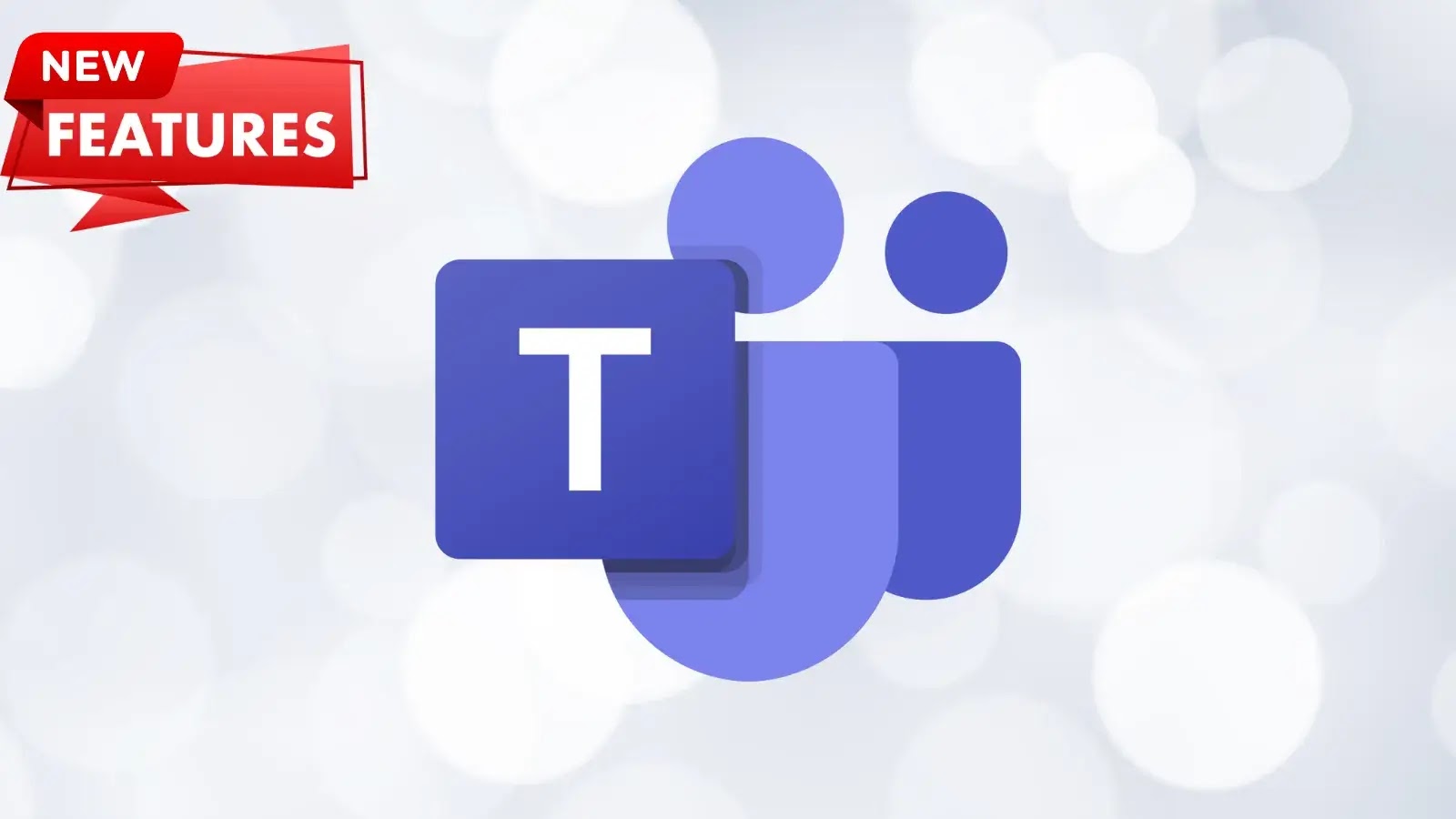Microsoft Teams Enhances Performance with New Process Architecture
Microsoft has unveiled a significant update to its Teams Desktop Client for Windows, aiming to enhance performance and reduce startup times for calling features. This update introduces a new process architecture designed to optimize resource usage and improve meeting experiences.
Introduction of a Dedicated Process
The core of this enhancement is the introduction of a new child process named `ms-teams_modulehost.exe`. This process will operate separately from the primary Teams application process (`ms-teams.exe`), allowing the calling stack to run independently. By isolating calling features into a dedicated module, Teams can distribute workloads more efficiently across system resources.
Key Benefits of the Update
– Performance Improvement: The new architecture optimizes resource usage, delivering faster startup times and smoother meeting experiences through better workload distribution.
– Separate Process Architecture: The calling stack now runs in its own dedicated child process rather than consuming resources from the main application, reducing system overhead.
– Transparent to Users: No changes to user workflows or interface; the performance benefits happen entirely in the background.
Implementation Timeline
Microsoft plans to begin the worldwide rollout of this update in early January 2026, with completion expected by late January 2026. The update will be available across all environments, including Worldwide, GCC, GCC High, and DoD tenants. However, Microsoft has noted that timelines may shift due to year-end feature flag rollout freezes.
User Experience
End users will not experience any changes to their daily workflows or the Teams interface. The performance improvements occur entirely in the background, so employees can continue using Teams as they usually do without needing to learn new features or adapt to interface changes.
Recommendations for IT Administrators
While end users will not need to take any action, IT administrators should prepare their environments before the rollout begins. Organizations should update endpoint management and security software to allowlist the new `ms-teams_modulehost.exe` process alongside the existing `ms-teams.exe`. This ensures security solutions do not block or interfere with the new component.
Helpdesk teams should be informed about this change to prevent confusion during troubleshooting sessions. When users report seeing a new process in Task Manager, support staff should recognize this as expected behavior. Internal documentation that references Teams process names should be updated to include the new module host process.
Compliance Considerations
Microsoft has indicated that no compliance considerations have been identified with this update. However, organizations are encouraged to review the change in accordance with their compliance requirements and security policies.
Conclusion
This update represents Microsoft’s continued commitment to improving Teams’ performance as the platform remains central to workplace collaboration. By optimizing how calling features are processed, organizations can expect more responsive meeting experiences and faster application startup times beginning in early 2026.



